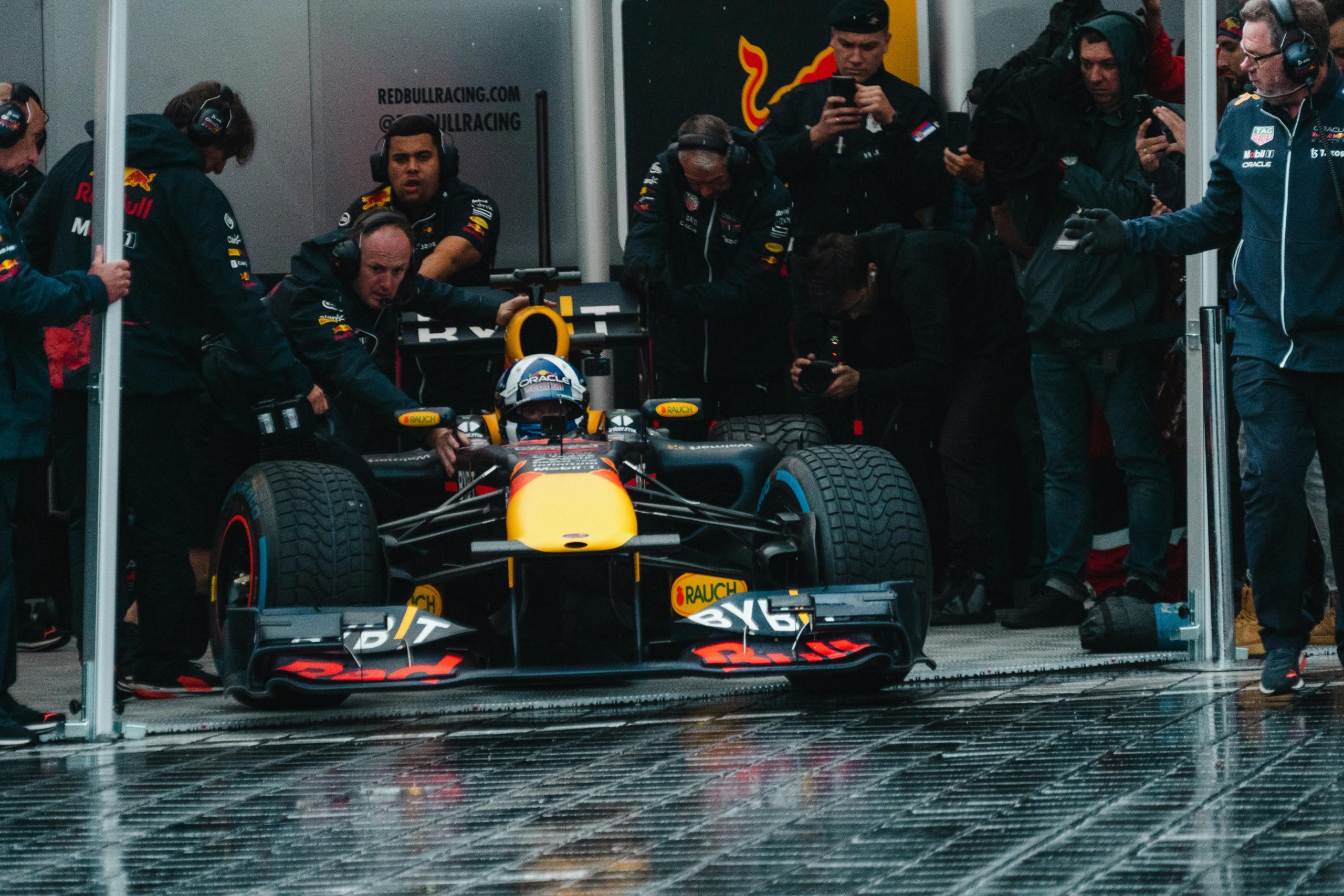Rally Racing: Ultimate Test of Vehicle Engineering
Rally racing is a high-octane, adrenaline-fueled sport that pushes vehicles to their limits and beyond. It’s more than just a race, it’s the ultimate test of vehicle engineering. From the winding dirt tracks of the countryside to the treacherous mountainous terrain, rally racing demands peak performance from every aspect of a vehicle’s design. In this article, we’ll delve into the world of rally racing and explore how it is driving innovation and advancing the field of vehicle engineering.
The Allure of Rally Racing
The appeal of rally racing lies in its unique blend of speed, skill, and endurance. Unlike traditional races where drivers compete on a closed circuit, rally racing takes place on a wide variety of terrains, including dirt, gravel, and snow. This adds an extra element of challenge, as drivers must constantly adapt to changing conditions and surfaces. The races can cover hundreds of miles and last for days, making it a true test of both driver and machine.
The Precision of Engineering
A key element of rally racing is the precision of vehicle engineering. Every aspect of the car is scrutinized and optimized to ensure maximum performance. The suspension, brakes, and engine must be finely tuned to withstand the grueling terrain and maintain speed. Even the smallest changes can have a significant impact on the car’s handling and overall performance, so engineers must pay close attention to every detail.
The Importance of Durability
In addition to speed and precision, durability is also crucial in rally racing. The vehicles must be able to withstand harsh conditions and withstand the punishment of intense off-road driving. That’s why materials such as carbon fiber and reinforced steel are commonly used in the construction of rally cars. These materials provide strength and durability while keeping the weight of the vehicle to a minimum, allowing for faster acceleration and better handling.
Constant Evolution and Innovation
Rally racing has been a driving force in the advancement of vehicle engineering. With the demanding nature of the sport, engineers are constantly looking for ways to improve performance and durability. This has led to innovations such as advanced suspension systems, more efficient engines, and lightweight materials. These advancements not only benefit rally racing but also have a ripple effect on the wider automotive industry, leading to more advanced and efficient vehicles for everyday use.
Rally Racing: A Team Effort
While the drivers may be the ones in the spotlight, rally racing is truly a team effort. The success of a rally team depends on the coordination and collaboration between the driver, co-driver, and engineers. The co-driver plays a crucial role in navigating the course and providing crucial information to the driver, such as upcoming turns and obstacles.
The engineers are also an essential part of the team, constantly monitoring and fine-tuning the vehicle’s performance throughout the race. They work closely with the driver and co-driver to gather information and make real-time adjustments to optimize the car’s performance. This coordination between team members is key to achieving success in rally racing.
In Conclusion
Rally racing is more than just a sport, it’s a true test of vehicle engineering. With its rugged terrain, high speeds and demanding conditions, rally racing pushes engineers to constantly innovate and improve their designs. The sport has led to significant advancements in vehicle technology and continues to drive progress in the automotive industry. So the next time you see a rally car speeding through the countryside, know that it’s not just a race, it’s the ultimate test of vehicle engineering.










